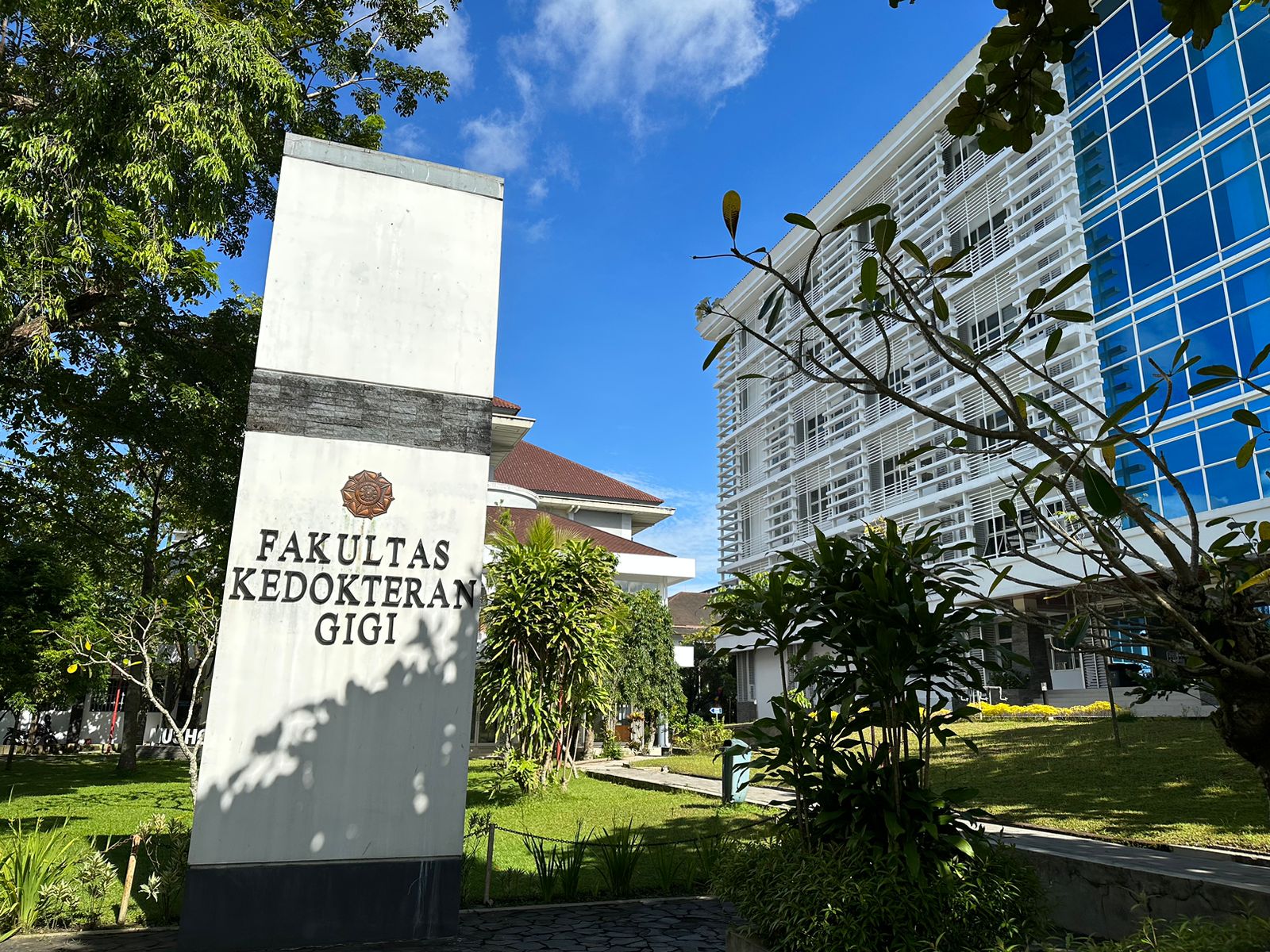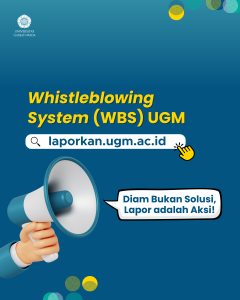On Thursday, 17 October 2024, students of the Dental Hygiene Study Program (PSHG) participated in a practicum focused on isolating bacteria from saliva. The session took place at the Integrated Laboratory DLC, 4th floor, where students had the opportunity to engage in scientific research under the guidance of esteemed lecturers from the Department of Oral Biology.
The primary goal of this practicum was to equip students with the necessary skills to culture bacteria from saliva and identify bacterial colonies based on morphology. This initiative aligns with SDG Goal 4 on access to education, emphasizing the importance of hands-on learning experiences in higher education.
For the experiment, essential tools and materials were provided, including pipettes, phosphate-buffered saline (PBS) solution, BHI agar medium, glass beads, micropipettes, pipette tips, Eppendorf tubes, and incubators. These materials were crucial in ensuring accurate and reliable microbiological study results.
The procedure began with saliva sample collection, which was then placed into a sterile tube labeled as sample number one. Students then performed serial dilutions (five times) using PBS solution to achieve a homogeneous mixture. This step was crucial for isolating individual bacterial colonies from the sample.
Once the diluted sample was prepared, students transferred 100 microliters of solution from the fourth and fifth dilution tubes onto BHI agar medium. They then spread the solution using glass beads to facilitate bacterial growth. This method enabled the observation of different bacterial colonies for further analysis.
After inoculation, the BHI agar plates were incubated for seven days. During this period, students monitored bacterial colony growth, noting various characteristics such as color, edge definition, appearance, and elevation. These observations were essential for identifying different bacterial species.
As the practicum progressed, students eagerly anticipated the results of their bacterial cultures. This hands-on experience not only provided them with practical microbiology skills but also deepened their understanding of the role of bacteria in oral health. This knowledge is essential for future dental professionals who will be responsible for promoting oral hygiene and preventing diseases. The practicum session concluded with a discussion led by the lecturers, where students shared their findings and insights. This collaborative learning environment encouraged students to think critically about their results and their implications for oral healthcare practice.
The saliva bacteria isolation practicum was a significant educational experience for PSHG students. This initiative highlights the importance of access to education in oral biology and equips students with the skills needed to conduct microbiological research effectively.
Author: Al Haqi Insan Pratama



